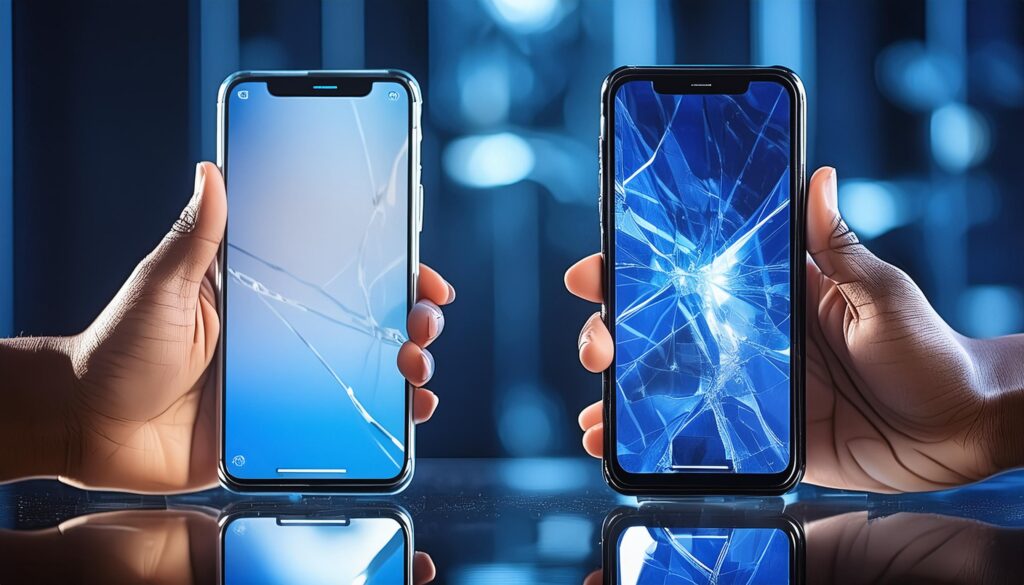
Smartphone displays are not only windows to digital worlds but also vulnerable components prone to damage from everyday use. Understanding display protection options can significantly enhance the longevity and usability of your device. Here’s a comprehensive guide to the various methods and technologies used to protect smartphone displays:
Gorilla Glass
Gorilla Glass is a popular brand of chemically strengthened glass developed by Corning Inc. It is widely used in smartphone displays due to its durability and scratch resistance. Key features include:
- Scratch Resistance: Gorilla Glass is engineered to resist scratches from daily use, such as keys or coins.
- Impact Resistance: It provides enhanced protection against drops and impacts, reducing the risk of cracks and fractures.
- Thin Profile: Despite its strength, Gorilla Glass maintains a thin profile, ensuring optimal touch sensitivity and display clarity.
Sapphire Crystal
Sapphire crystal, made from synthetic sapphire, is another high-end option for display protection. It is known for its exceptional hardness, ranking just below diamond on the Mohs scale. Benefits of sapphire crystal include:
- Scratch Resistance: Sapphire crystal is highly scratch-resistant, offering superior protection against abrasive materials.
- Clarity: It maintains optical clarity over time, minimizing distortion and enhancing display visibility.
- Luxury Appeal: Commonly found in premium smartphones and luxury watches due to its durability and aesthetic appeal.
Tempered Glass Screen Protectors
Tempered glass screen protectors offer an additional layer of defense for smartphone displays. These protectors are:
- Easy Application: They are easy to apply and typically adhere seamlessly to the screen without affecting touch sensitivity.
- Impact Absorption: Tempered glass absorbs impacts, helping to prevent scratches, cracks, and shattered screens.
- Oleophobic Coating: Many tempered glass protectors feature an oleophobic coating to resist fingerprints and smudges, keeping the display clean.
Nanotechnology Coatings
Nanotechnology coatings, such as nano liquid and hydrophobic coatings, provide invisible protection for smartphone displays. Key advantages include:
- Water and Oil Resistance: These coatings repel water, oils, and other liquids, reducing smudges and making the screen easier to clean.
- Durability: They offer long-lasting protection against scratches and abrasions without altering the display’s clarity or touch sensitivity.
- Eco-Friendly: Some coatings are environmentally friendly, containing no harmful chemicals or residues.
Conclusion
Choosing the right display protection method depends on your lifestyle, budget, and preferences. Whether opting for the robust durability of Gorilla Glass, the luxury appeal of sapphire crystal, the practicality of tempered glass screen protectors, or the invisible shield of nanotechnology coatings, each option enhances your smartphone’s resilience against everyday hazards. Protecting your smartphone display ensures it remains in pristine condition, preserving its usability and value over time.
Understanding these protection options empowers you to make informed decisions when selecting your next smartphone or enhancing the durability of your current device. For more insights into smartphone technologies and maintenance tips, explore our comprehensive guides and reviews.